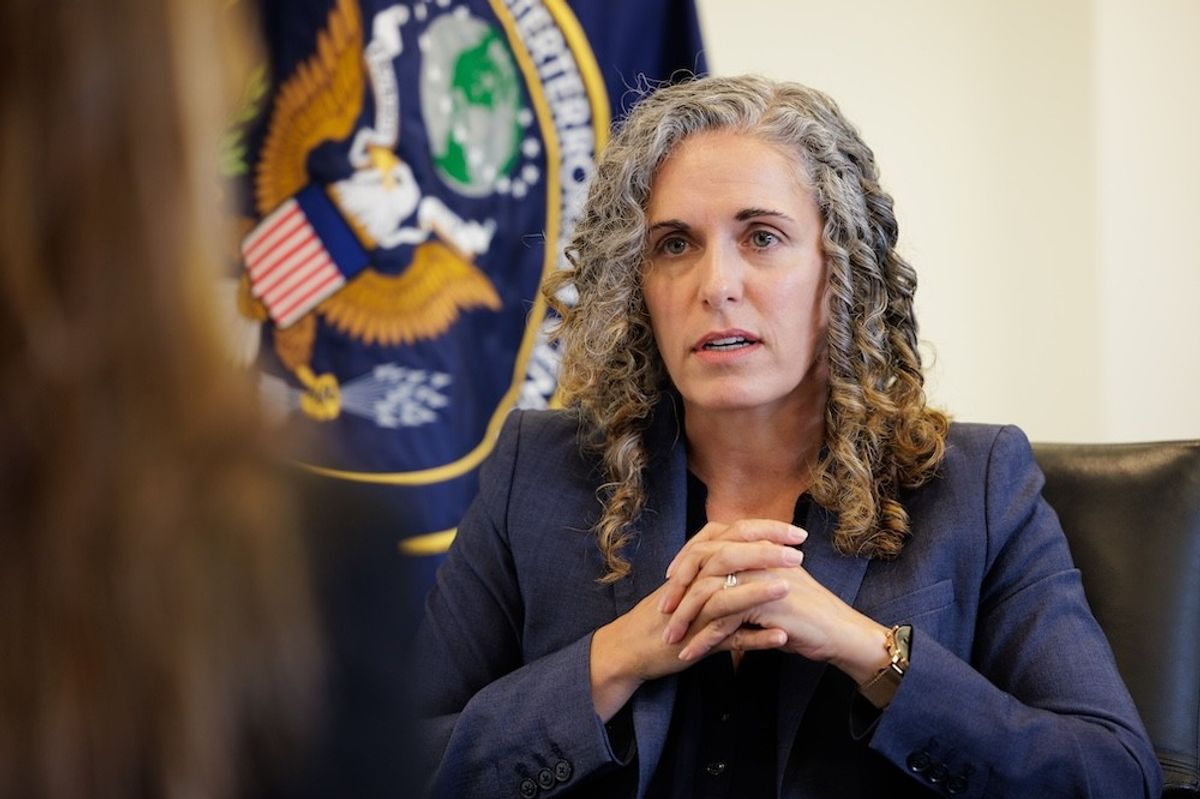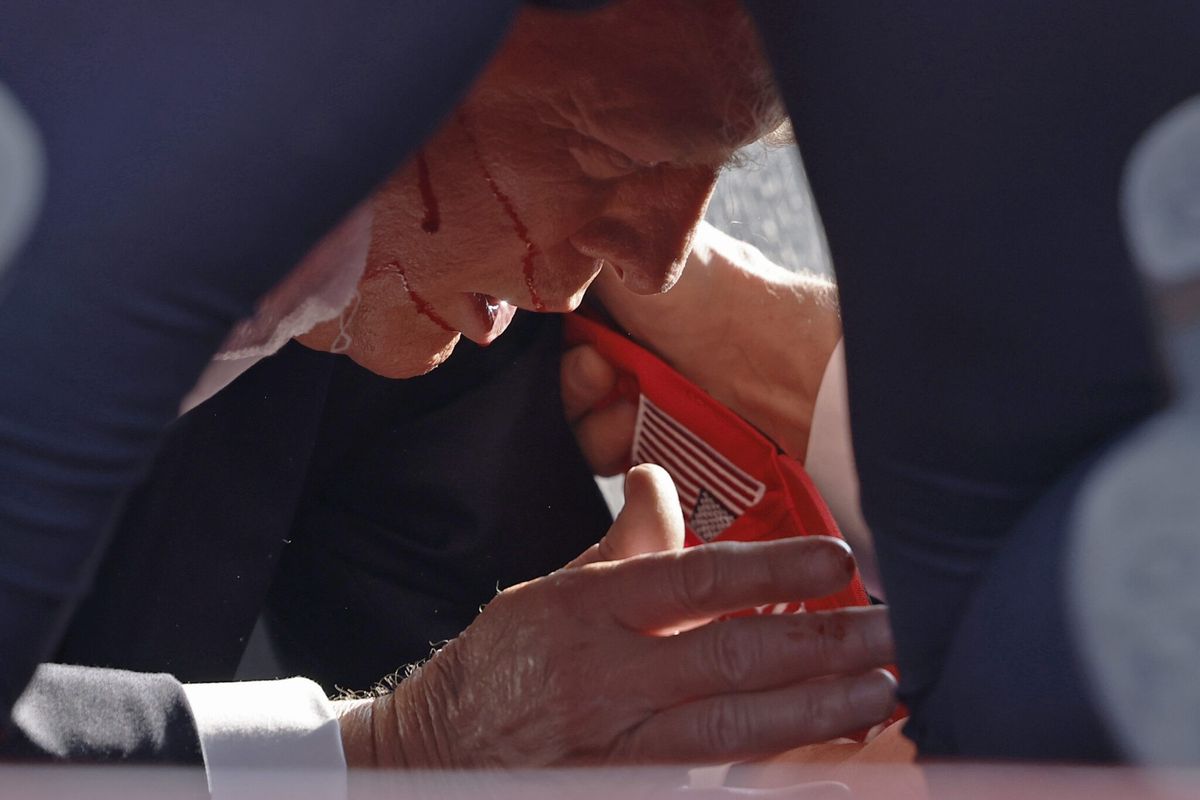The loss of the Russian Metrojet aircraft in Egypt last October raised inevitable questions about the security measures in place at Sharm el-Sheikh, and what should be done to prevent future attacks.
At first, both the Egyptian and Russian governments refused to acknowledge that the crash was most likely caused by a terrorist act. Even after UK and U.S. authorities voiced early suspicions that it was caused by a bomb on board, it was another few weeks before the Russian Federal Security Service (FSS) announced that it was a terrorist attack with an improvised bomb detonated during the flight. The Egyptian government then reluctantly accepted this conclusion, based on forensic evidence collected at the scene of the crash site.
While there remain some unknowns, we do know that the loss of the aircraft and the murder of all 224 people on board was the direct result of a terrorist bomb planted somewhere inside the plane. We do not know how and when the device was placed on board the aircraft.
Speculation at first suggested that the bomb may have been placed either in checked baggage or elsewhere inside the hold, but most likely inside a piece of pre-screened checked baggage, which had been tampered with while in “secure” parts of the airport. Recent reports indicate that investigators believe the bomb was hidden under the seat of either 30A or 31A in the Airbus 321 aircraft.
Ether way, it is unlikely that a passenger or a member of the in-flight crew took the bomb on board. Instead, it appears someone who had access to the aircraft while it was unattended or being serviced—cleaners, caterers, or other ground staff—placed the bomb in the aircraft, exploiting a loophole in the Sharm el-Sheikh Airport’s security procedures. How could that happen? A terrorist group such as the Islamic State of Iraq and Syria (ISIS)—who has claimed responsibility for the bombing—could have coerced a ground crew member or used an airport employee, who was an ISIS member or sympathizer, to place the bomb on the Russian jet. As an employee, that person may have been allowed to enter the airport security area unscreened and unchallenged, and have access to the plane.
Given what we now know about the cause that led to the downing of Metrojet Flight 9268, what changes to international aviation security should be made to prevent this loophole from being exploited in the future?
It may surprise you to know that no changes are in fact required of global aviation security regulations. The International Civilian Aviation Organization (ICAO) mandates that all airport employees be screened at the same level of passengers before they are allowed to enter the secure parts of an airport (ICAO Annex 17 Standards and Recommended Practices). Sadly, not every country enforces this standard, including, surprisingly, some very dominant countries that claim it is too difficult to implement these regulations at large airports.
Difficult? Yes, of course it is, but only for the first few weeks, and it’s by no means impossible. It has been implemented successfully at many airports for decades, starting in the UK in 1991 following the 1988 bombing of Pan Am 103 over Lockerbie, Scotland.
There are already sufficient procedures in place, but what needs to be changed is strict enforcement of existing ICAO standards by all member states. While this may not prevent every attack, it will certainly make it much more difficult for the terrorists to achieve their goal.














